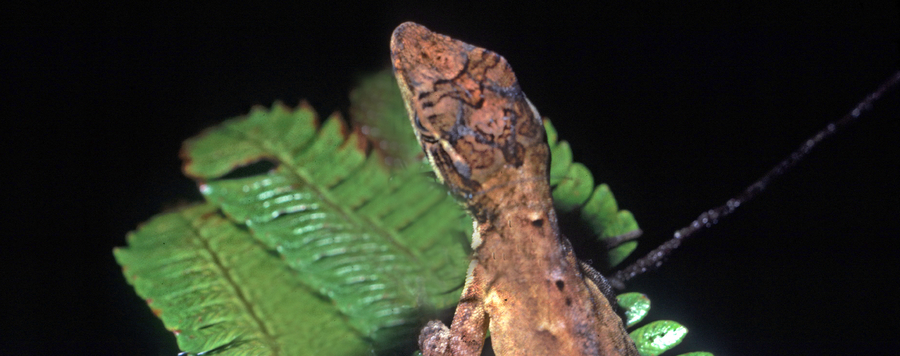
Coming home to roost: comments on individual sleep-site fidelity, sleep-site choice, and sleeping positions in Anolis (Norops) leditzigorum
Anolis is a highly diverse radiation of New World tropical and subtropical lizards. With multiple species often present in any given habitat, these lizards present a cornucopia of study systems to behavioural ecologists. As a consequence, their territorial and home-range behaviours are among the feats that have been documented in a variety of species, but with very few exceptions sleep behaviour at an individual level is still understudied – as is our understanding of how individual lizards may act in their environments. Key areas of territorial and home-range behaviour include (1) access to breeding sites, (2) access to mates, (3) access to foraging area and food resources, and (4) predator avoidance. It therefore behooves an animal to sleep in a manner consistent with these requirements and, once such a place has been identified, it would be an optimal strategy to use it repeatedly until conditions change. In this study we focus on the sleeping habits of the Costa Rican Cloud Forest Anole, Anolis (Norops) leditzigorum, by examining where and how individuals of this species sleep on plants at night. Anolis leditzigorum are medium-sized diurnal lizards that are generalist and opportunistic insectivores.






